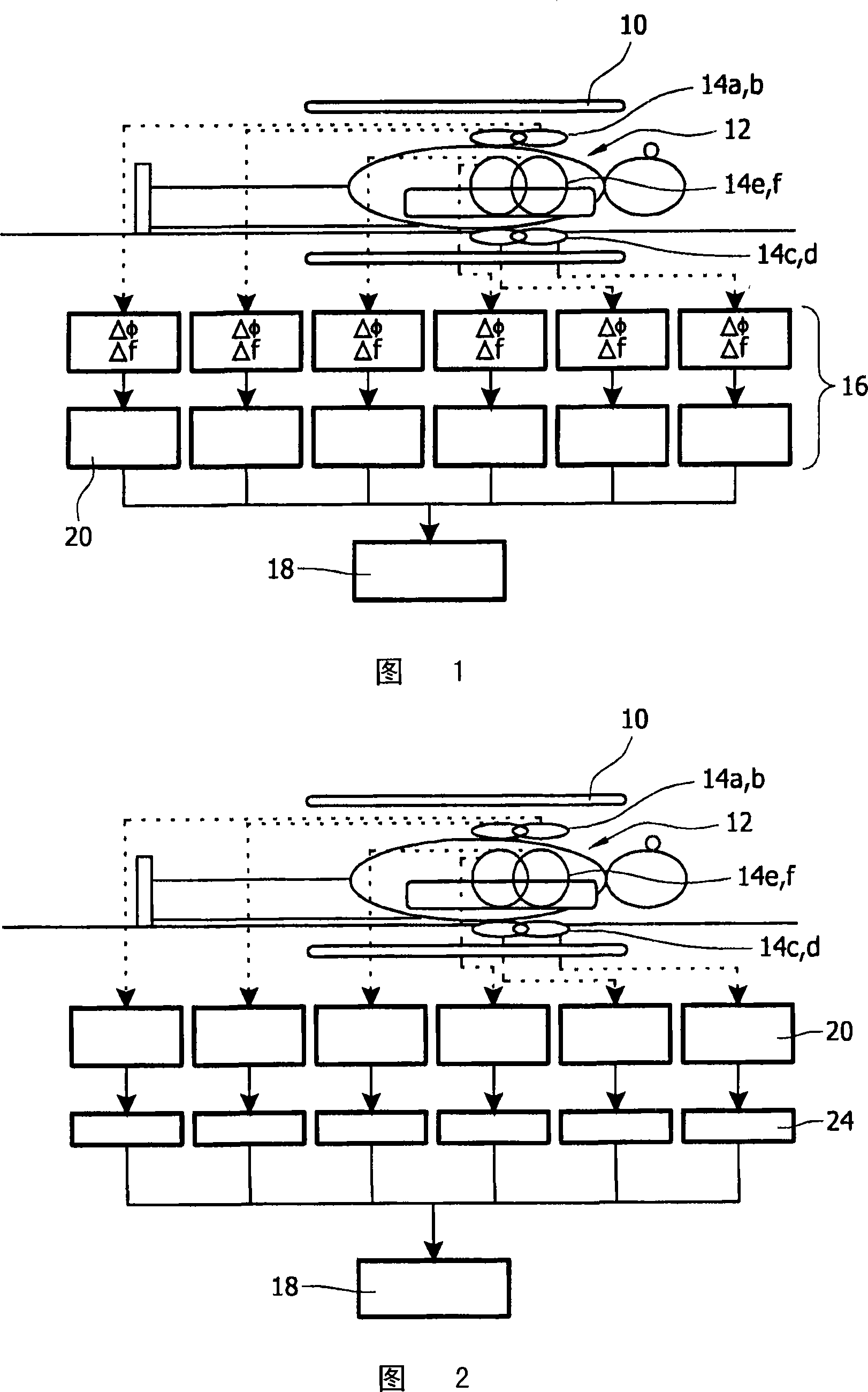Independent motion correction in respective signal channels of a magnetic resonance imaging system
A magnetic resonance imaging and motion correction technology, applied in the measurement of magnetic variables, measuring devices, instruments, etc., can solve the problems of image blur and ghosting or trailing artifacts, limited global motion correction, etc., to reduce the scanning time, Increased patient throughput, effect of precise motion correction
- Summary
- Abstract
- Description
- Claims
- Application Information
AI Technical Summary
Problems solved by technology
Method used
Image
Examples
Embodiment Construction
[0027]For the sake of clarity, the current state of the art related to the present invention is first introduced. In magnetic resonance (MR) imaging, motion is a major source of image artifacts. Various known schemes have been used to deal with the different types of movements (breathing, heart movements) that may occur during MR examinations. Use triggered or gated acquisition to "freeze" movement by restricting data acquisition to short-term frames with equivalent motion states, such as the rest of the heart at the end of diastole, or a stable position at the end of expiration. A particular disadvantage of this scheme is that the scan time is significantly increased because the scan efficiency is reduced or the amount of MR data collected per time unit is reduced. For example, in cardiac imaging, less than 10% of the cardiac cycle (the end of the cardiac resting period) is used for data collection. In addition, due to respiratory gating, (approximately) 50% of the collected data...
PUM
 Login to View More
Login to View More Abstract
Description
Claims
Application Information
 Login to View More
Login to View More - R&D
- Intellectual Property
- Life Sciences
- Materials
- Tech Scout
- Unparalleled Data Quality
- Higher Quality Content
- 60% Fewer Hallucinations
Browse by: Latest US Patents, China's latest patents, Technical Efficacy Thesaurus, Application Domain, Technology Topic, Popular Technical Reports.
© 2025 PatSnap. All rights reserved.Legal|Privacy policy|Modern Slavery Act Transparency Statement|Sitemap|About US| Contact US: help@patsnap.com


